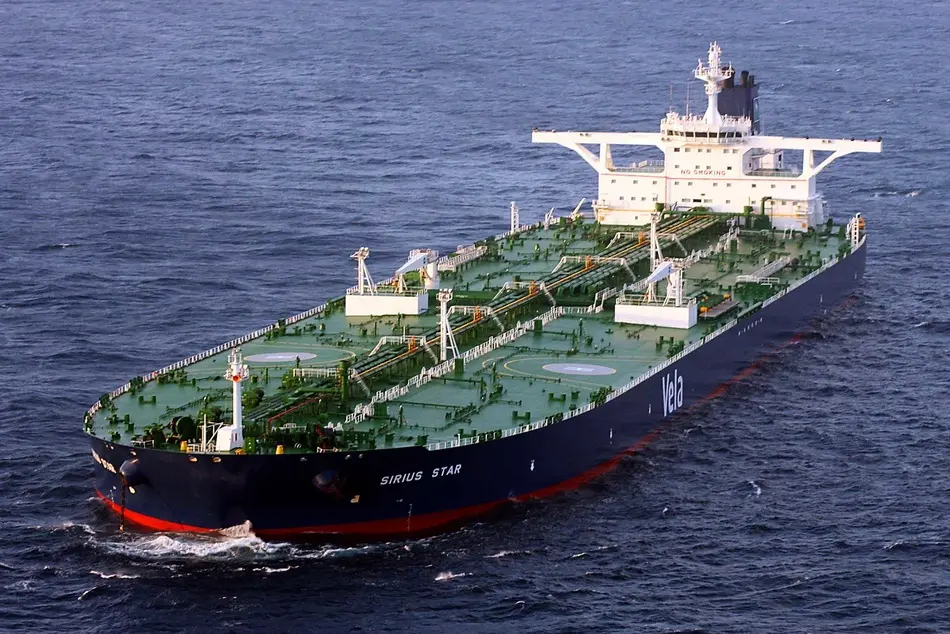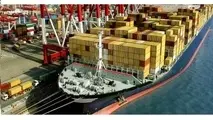Crude tanker glut to pressure Americas rates

Rising supply of crude tankers on the high seas could limit the impact of growing shipping demand brought on by the emergence of new crude trading routes in the second half of 2017 in the Americas, although rate volatility is likely to persist.
The roughly 720 unit-strong VLCC fleet will grow around 7pc in 2017, with roughly 20 expected new deliveries in the second half of the year, outstripping demand growth, according to shipbroker data compiled by Argus. Fleet expansion for the smaller-sized Suezmaxes, each of which can hold 1mn bl of oil, is even more pronounced at 13pc this year.
The swath of new oil tanker deliveries is a result of attractive newbuilding prices at shipyards and lucrative earnings for voyage charters in recent years. The expansion of the global dirty tanker fleet, which pressured the Caribbean-Singapore VLCC rate down to an average of about $4.1mn lumpsum in the first half of 2017, a 25pc decrease from the same period in 2016, will continue to weigh on freight rates in the second half of the year.
Partially offsetting the increase in available tonnage is the likely strong but uneven demand for tankers to move crude from suppliers to buyers.
“There could be times when rates jump up [in the second half of 2017], when a new route opens up and there are not enough ships around. But the supply overhang is a true story. There are more ships than the world currently needs with the current routes”, said James Jang, a tanker equity analyst at Maxim Group.
US crude exports, Venezuelan production, Opec production cuts, as well as Libyan and Iranian production remain wild card factors that could potentially boost crude tanker demand, said Jang.
Exports of US crude, which hit 750,000 b/d in the first half of the year according to the Energy Information Administration (EIA), will likely continue to provide upward pressure to freight rates, as long-haul movements to Asia stretch the tanker fleet, boosting ton-mile demand. But the impact on tanker rates should not be overstated, said Noah Parquette, a freight analyst at JP Morgan.
“This [US-Asia] crude trade is being carried on VLCCs that are essentially employed on the Middle East-US Gulf coast-Caribbean-Singapore-Middle East triangulation…which is one of the most efficient ones for VLCCs, as laden time is 59pc of operating days, compared to 41-42pc for basic back-and-forth voyages from west Africa or the Middle East to Asia”, Parquette said.
US sanctions targeting Venezuela’s oil industry, which the Trump administration is considering implementing, would have a mixed impact on the crude tanker market if the US decides to ban imports from the South American producer. That would have a supportive effect on VLCC and Suezmax tanker ton-mile demand, as more of the South American country’s exports could move to more distant destinations like Asia at the expense of short voyages to refiners along the US Gulf coast. But the potential elimination of the route to the US Gulf coast would decrease demand for the 600,000-700,000 bl capacity Aframax ships that typically ply it.
